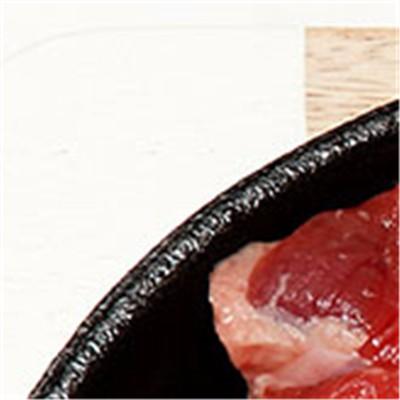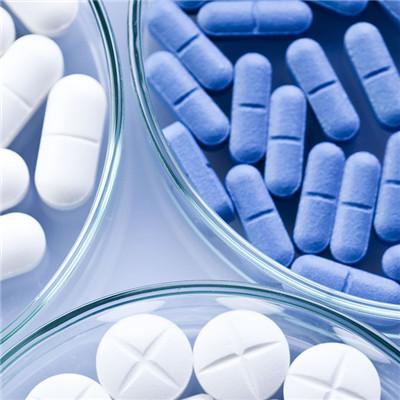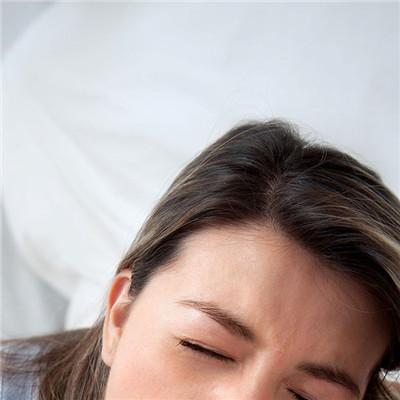What's the difference between Schisandra chinensis and Schisandra chinensis?
summary
Schisandra chinensis is one of the most widely used Chinese herbal medicines, and it is also one of the health tea materials advocated by traditional Chinese medicine. Schisandra chinensis can be divided into South Schisandra chinensis and North Schisandra chinensis. South Schisandra chinensis has been used as a valuable and commonly used Chinese herbal medicine since ancient times. It has a long history and is a widely used and large dosage Chinese herbal medicine variety, which is favored by the public. What's the difference between Schisandra chinensis and Schisandra chinensis? Next, I'd like to share my views with you.
What's the difference between Schisandra chinensis and Schisandra chinensis?
Schisandra sphenanthera has smaller grains. The surface is brownish red to dark brown, shriveled and shrunken, and the pulp is often close to the seed. Deciduous perennial vines. Branchlets grayish brown with distinct lenticels. Leaves alternate, broadly elliptic or obovate. The length is 5-10 cm, the width is 2-5 cm, the apex is acute or acuminate, the edge has fine teeth; Petiole pale pink.

Schisandra chinensis is irregular spherical or oblate with a diameter of 5-8 mm. The surface is red, purplish red or dark red, wrinkled, oily, and the flesh is soft. Some surfaces are black red or "white frost". Seeds 1-2, kidney shaped, surface brown yellow, glossy, testa thin and brittle. The flesh is slightly airy and sour; After the seed is broken, it has fragrance, pungent and slightly bitter taste.

South Schisandra function indications: astringent convergence, Yiqi Shengjin, Bushen Ningxin. It is used for chronic cough, deficiency and asthma, nocturnal spermatorrhea, enuresis, frequent urination, persistent diarrhea, spontaneous perspiration, night sweat, thirst, internal heat, palpitation and insomnia. Schisandra chinensis functional indications: astringent convergence, Yiqi Shengjin, Bushen Ningxin. It is used for cough and asthma, spermatorrhea, chronic diarrhea, spontaneous sweating, night sweating, palpitation and insomnia

matters needing attention
If we take too much Schisandra, its side effects will still appear, as the saying goes, the drug is divided into three poisons, so when we take Schisandra, we must remember to master the dosage, not excessive, frequent use.


















